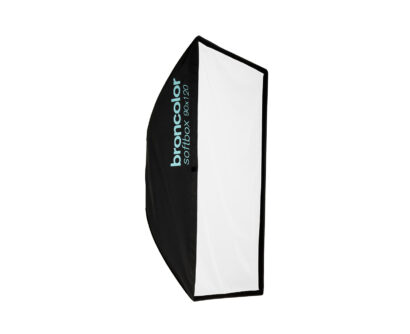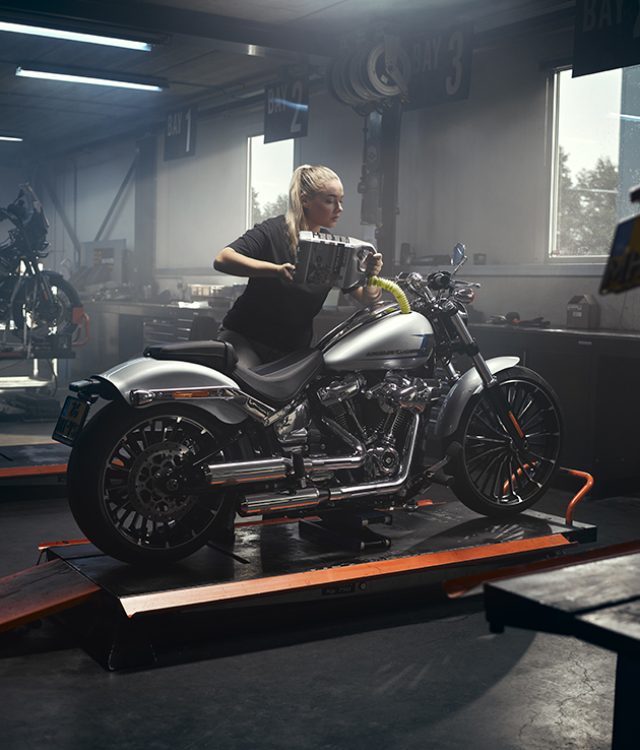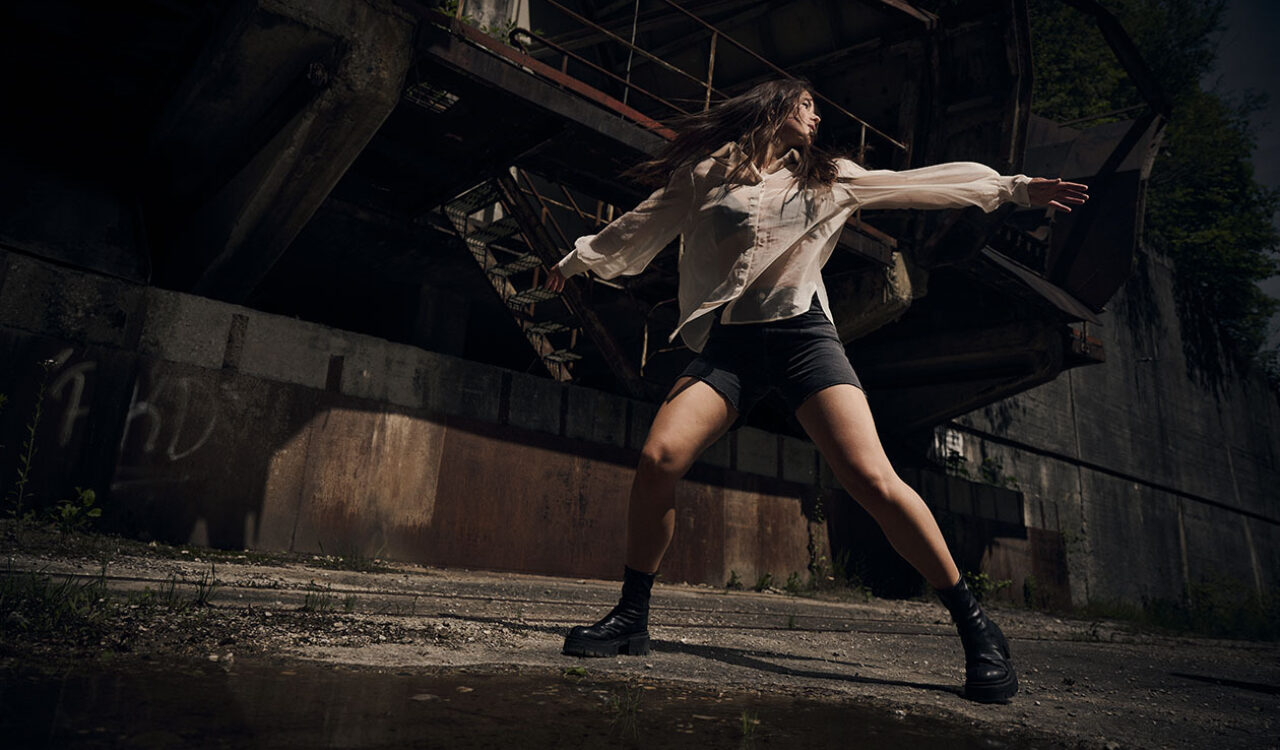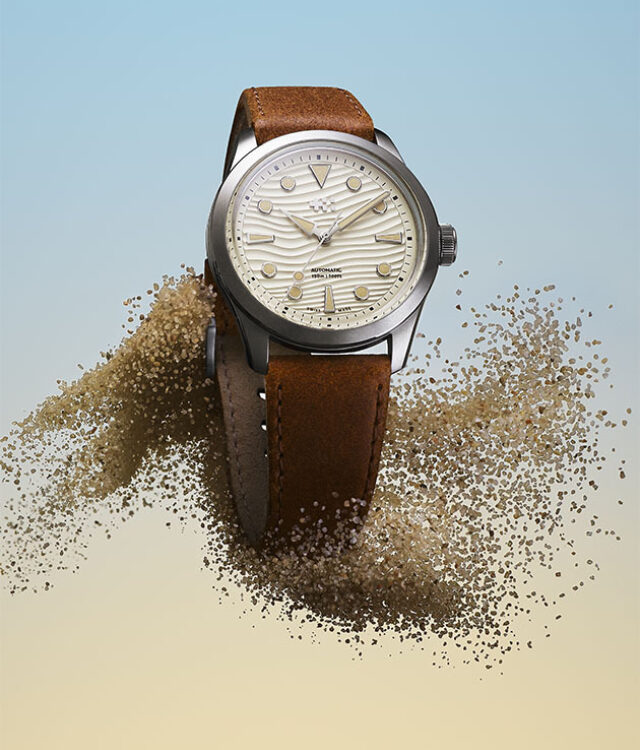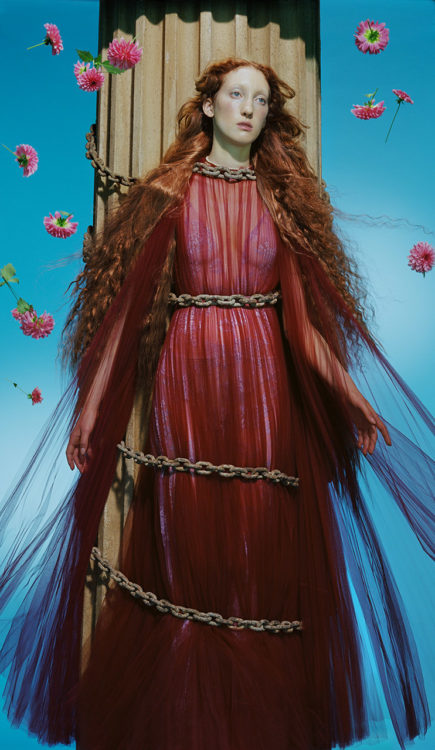
I approached Numéro Magazine with my idea to shoot a fashion story themed around the artist Sandro Botticelli. The idea was for the model to be featured in scenarios that depict Botticelli’s work and become my homage to his paintings. The images would then feature in a nine-page editorial spread. The shoot took place in London and involved an elaborate set for each look.

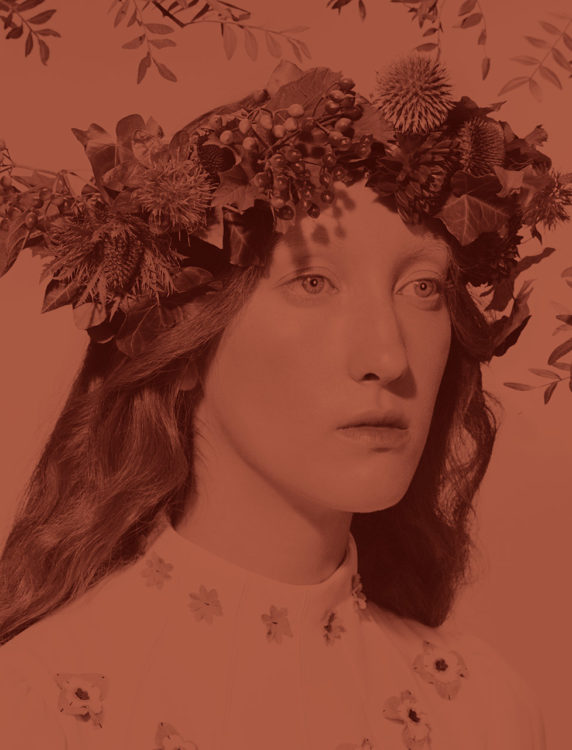
For this shoot I started with my usual key light – the broncolor Flooter. Depending on the image, I would use the light on its own or add in different gels to enhance one particular colour. In the images of the model in the grass I would use a diffuser between the light and the model as the light needed to be much closer to get the effect I wanted, with her lying down.
In addition to the key light, I had a broncolor 30 x 120 softbox with a grid to light the subject’s hair. This soft box was always placed above and just behind the model’s head and often laced with an orange colour gel to catch the model’s hair and shoulders with a subtle orange glow.
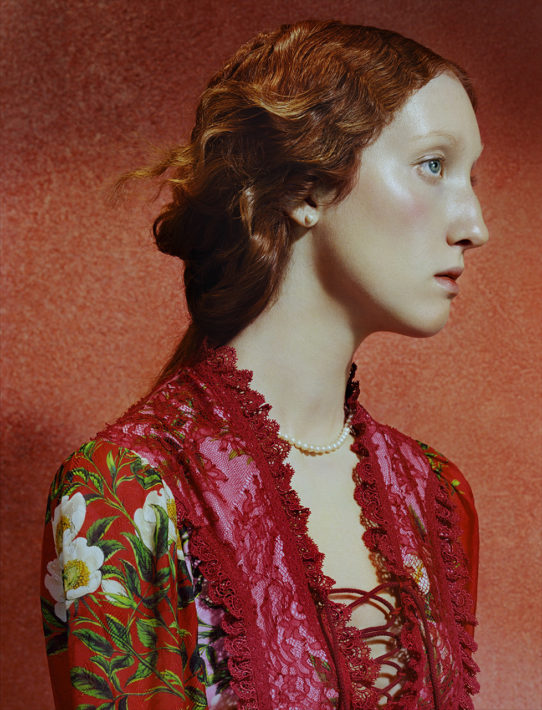
As fill lights, I used broncolor 90 x 120 cm and 60 x 60 cm softboxes to lighten the shadows, gelled with a light green/ blue filter.
With the entirety of the shoot needing to resemble early Italian Renaissance paintings, the sets were carefully selected to mimic scenery in Italy during the late 15th century. This is the time when Botticelli was creating some of his most iconic works. Botticelli’s work has been a huge influence in my work over the years, where similar influences can be seen coming through in series such as ‘Like a Painting’ and ‘Blooming.’
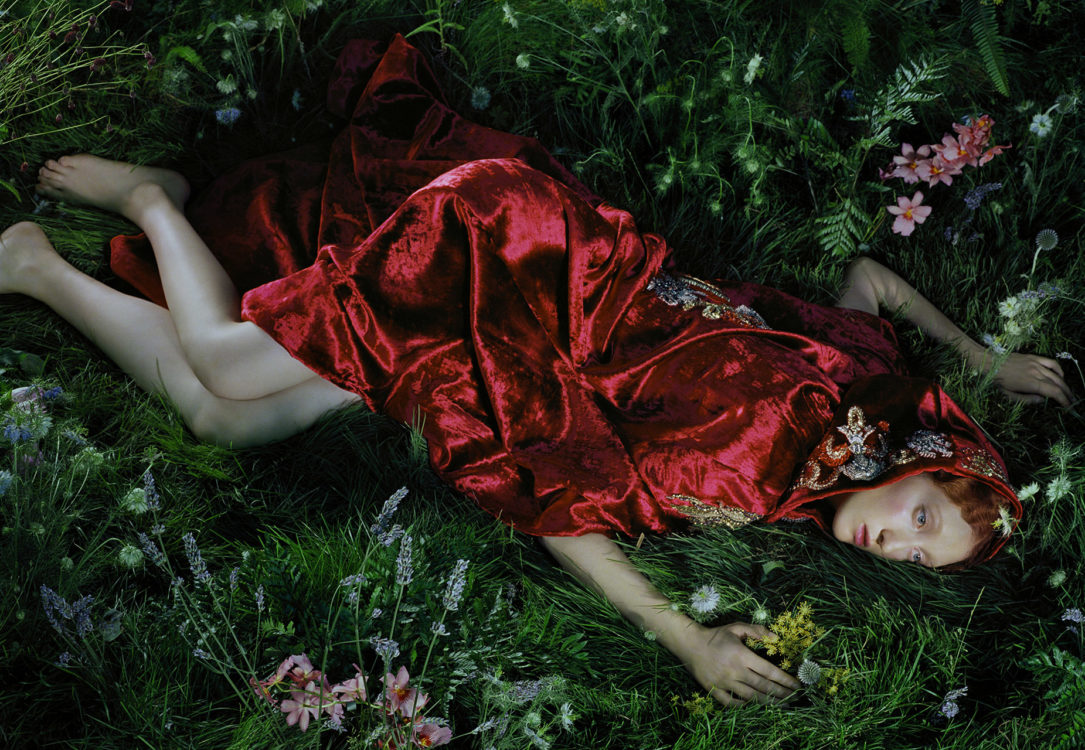

All of the portraits were taken on Rolliflex 6001 with 90/120mm lens, set at f.16 and shot on Kodak ekta 100 ASA film – rated at 80 ASA, to bring more information into the shadow areas. The film was processed at labs in London at + 1/2.



